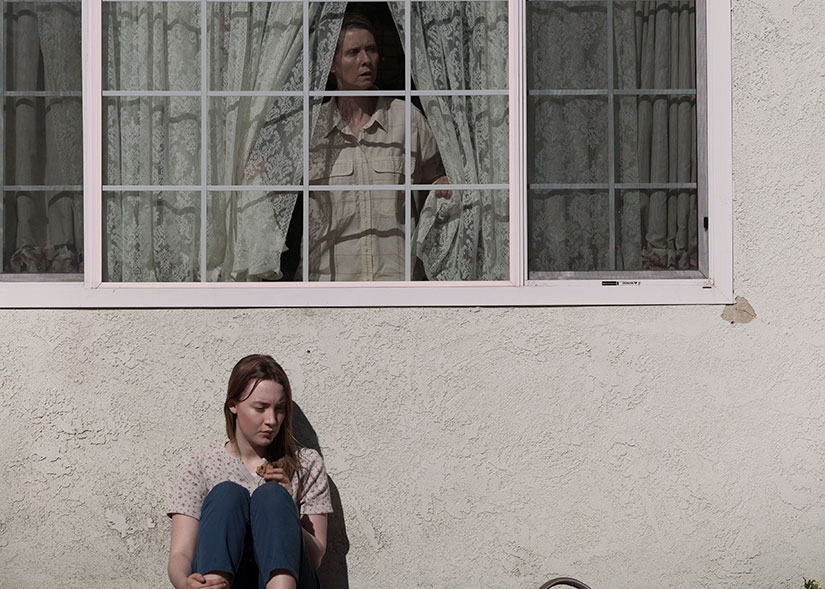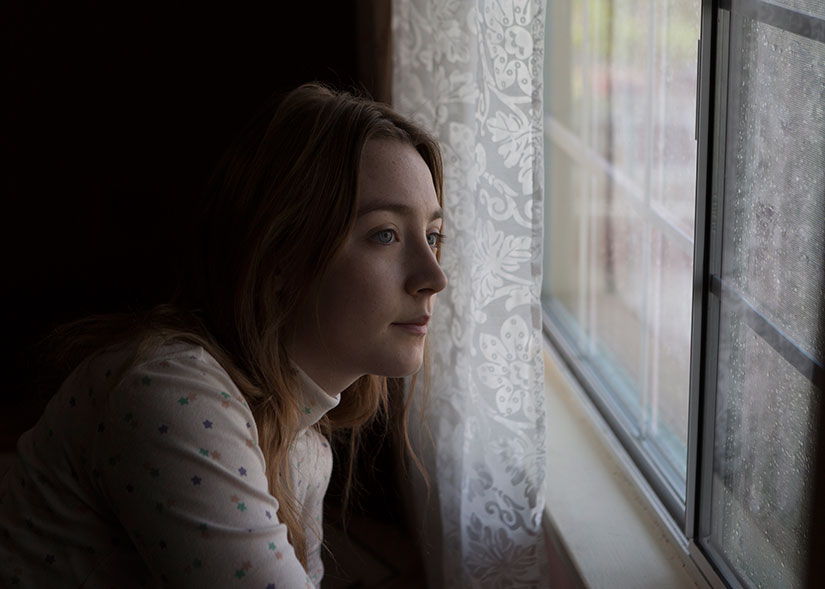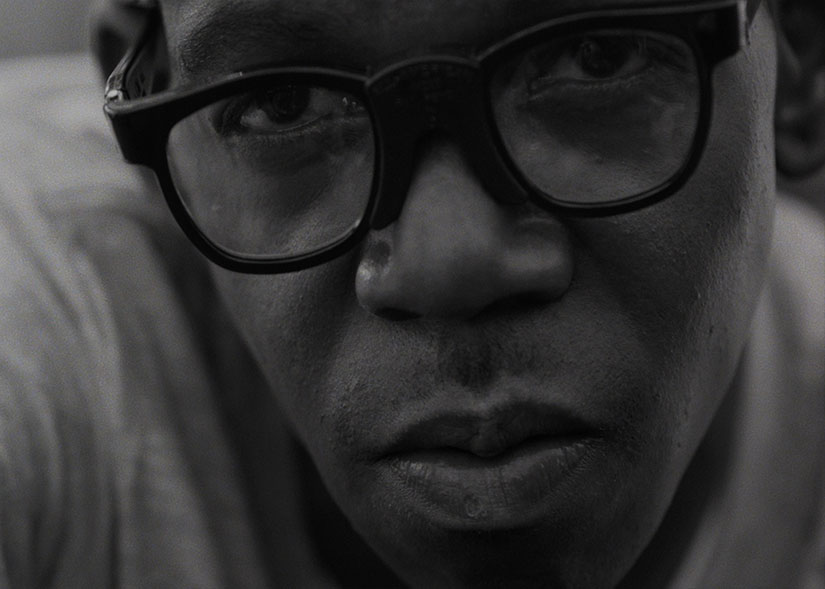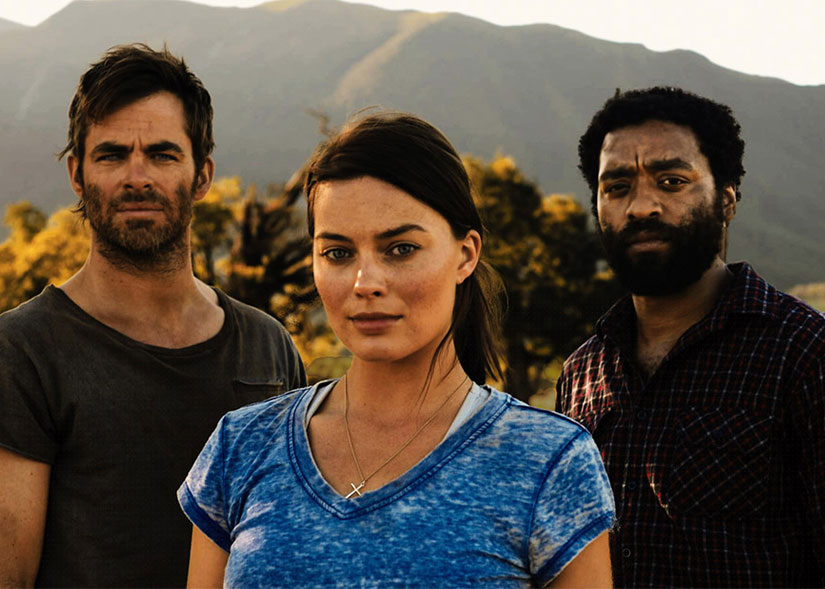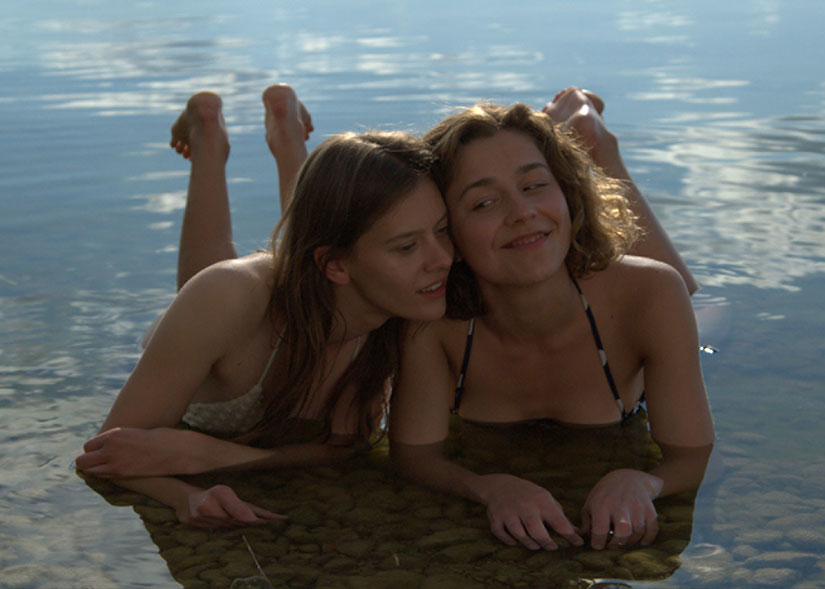[Sundance Review] Stockholm, Pennsylvania
Can a film be considering exceptional if the first two acts are brilliant, but trails off as the third act rears its ugly head? That’s the question I’d like to address with my review for Stockholm, Pennsylvania. As all forms of art are concerned, the full product is only as good as its weaknesses, and unfortunately, Stockholm, Pennsylvania showed so much promise, just to dovetail into a disappointing ending.
Stockholm, Pennsylvania
Director: Nikole Beckwith
Rating: N/A
Release Date: January 23, 2015 (Sundance)
After 17 years of captivity, kidnapping victim Leia (Saoirse Ronan) returns home to parents she has no recollection of. While Glen (David Warshofsky) is passive (but confident) about Leia’s transition into her new life, Marcy (Cynthia Nixon) is desperate to recreate the attachment and bond between a mother and her child. Yet, despite all of Marcy’s attempts to reconnect, Leia’s transfixed with her captive, Ben (Jason Isaacs), while also struggling to make sense of reality and the lies Ben fed her for almost two decades. After no progress is made, Marcy’s desperation takes a dark turn as she suddenly becomes the monster she tried so hard to protect Leia from.
[youtube id="uzES5iXnO7E"]
The acting in Stockholm, Pennsylvania is brilliant. Ronan and Nixon delivered performances that should honestly be considered for major studio nominations. Leia is written as a complex character who is both headstrong and confident in herself, yet naïve to the real world. As the story progresses, Leia begins to break out of the hold that Ben held on her while she attempts to make sense of her new life. Ronan’s ability to balance the contrasting elements of Leia’s character should not go unnoticed, and will hopefully elevate her to the next level. On that same note, Nixon’s take on Marcy is so thrilling and provocative as audiences witness a Mother driven to dark lengths to ensure she can once again become the mother to her child that went 17 years without one.
The performances wouldn’t be as strong as they were without writer/director Nikole Beckwith’s vision. Stockholm, Pennsylvania is adapted from her stage play, and it truly shows thanks to the close-knit scenes between actors. Structured much like a short story, many of the narrative’s details go unsaid, leaving audiences to fill in holes. As someone with a Literature background, I loved how the details left unsaid shared the same importance with the details that are openly addressed.
However, as I inferred earlier, the film comes apart in the third act as Marcy spirals into an antagonistic role towards Leia. The character twist comes off too exaggerated and unrealistic and essentially changes the film’s tone from a psychological drama to a pseudo-suspense thriller that ultimately takes away from all of the goodwill built up prior to the conversion.
Despite a disappointing third act, Stockholm, Pennsylvania is still one of the better films I watched at Sundance. Beckwith’s take on examining the post script of a life following such a traumatic event like Leia experienced is intriguing, especially in the wake of the media blitzes that surround these situations; it’s a perspective that many don’t typically consider. With stellar performances by Ronan and Nixon, Stockholm, Pennsylvania is well worth the price of admission, even if the ending ultimately falls flat.
[Sundance Review] Cronies
There’s something special about Cronies that resonated strongly with me as I watched the film (and even carried over hours after the credits rolled). Whether it was the depiction of a Midwestern summer afternoon, the familiar characters in which I saw some of my own friends, or just my over-thinking nature of examining how friendships change throughout the years, I felt attached to Cronies, and there’s enough to like and dissect within the film that I believe anybody would enjoy it. Read on as I further explain why Cronies surprisingly became one of my top films from Sundance this year.
Cronies
Director: Michael J. Larnell
Rating: N/A
Release Date: January 25, 2015 (Sundance)
Louis (George Sample III) is a 20-something trying to get his life on track to provide for his girlfriend and their daughter. However, he appears to be held back from growing up thanks to his childhood friend, Jack (Zurich Buckner), dragging him around in the same monotony that Louis is desperate to escape. Adversely, Louis’ new friend and co-worker, Andrew (Brian Kowalski), represents a fresh direction for Louis that could help with his growth. However, as Jack and Andrew meet for the first time, bravado initially takes over as they both size each other up. As the day progresses, the three of them form a sense of camaraderie, even as the dangers of their day spent together grow more and more threatening.
Cronies is framed like a documentary where various interview segments with the three men take place throughout the film. It’s in these segments that we begin to see each characters’ true feelings about one another and their various situations. Admittedly, the interviews can be seen as a cheap way to flesh out each character’s arc and development, but they’re a stylistic decision made by writer/director Michael J. Larnell, and one that I definitely enjoyed. Also abetting Larnell’s vision is the film being shot almost entirely in black and white, save for a few flashback scenes that appear in color. It’s a nice aesthetic, especially when Larnell flips what we’ve come to expect in regards to how color is used to represent time and memory.
Most importantly, Cronies examines friendships in a way that feels natural without becoming too heady or preachy. We’ve all found ourselves playing the role of Louis, Jack, and Andrew at some point in our lives, and we’ve all had friends very much like them, as well. It’s this universal understanding of friendship that makes Cronies so enjoyable. There's no doubt that Larnell won't suffer any sense of a sophomore slump with his next film, especially considering how strong this debut is.
[Sundance Review] Z for Zachariah
Post-apocalyptic media is growing a bit long in the tooth. Granted, I’ll still show excitement over any film that hones in on the sci-fi element of a world devastated by some unknown disaster, but changes and alterations to the formula are much needed. When I read Z for Zachariah featured a love triangle set in the South following some untold incident, I was hooked. The minimal cast featuring 2013’s break-out actress Margot Robbie, Chris Pine, and Chiwetel Ejiofor didn’t help with my excitement.
[youtube id="a_Kay2ldHEY"]
Z for Zachariah
Director: Craig Zobel
Rating: N/A
Release Date: January 24, 2015 (Sundance)
Robbie stars as Ann, a Southern Christian woman who is left alone to fend for herself after her family left to find survivors, but never came back. During one of her scavenges, she comes across John (Ejiofor) bathing in a waterfall poisoned with radiation. Ann is able to rescue John and nurse him back to health, and the two understandably are drawn to one another. Just as the sexual tension is about to come to a head, they are approached by a mysterious man, Caleb (Pine), who threatens the serenity between John and Ann. Whereas John is an atheist, both Caleb and Ann share the same religious beliefs, and emotions are thrown out of sync as both men attempt to balance their respective attraction to Ann with their duties for survival.
With the film kept to three primary actors, each are given ample opportunities to shine. However, and not as a knock against Ejiofor and Pine, but Robbie shines in her performance, building upon her stunning performance in the aforementioned The Wolf of Wall Street. Robbie was able to deftly balance a complex array of emotions that define her Ann with equal parts innocence, strength, and desire for finding love. Ejiofor’s John also balances a sense of security and protection towards Ann while slowly revealing a dark and violent side, while Pine’s Caleb is surrounded by mystery that leaves audiences with a feeling of skepticism over his true intentions.
Z for Zachariah’s strengths are in its cast’s performances, yet it leaves you wanting more. My gut reaction following my screening of the film, outside of tremendous praise for Robbie’s performance, was that it would find acclaim through festival circuits, but wouldn’t attract much mainstream attention outside of Robbie’s involvement. However, as I’ve written this review, I found myself enjoying the film more than I initially did. In saying that, Z for Zachariah may be one of those films that will grow on you as more time passes. If you’re expecting instant gratification, you’ll ultimately be let down.
[Sundance Review] The Summer of Sangaile
One thing I’ve noticed at Sundance this year is the amount of coming of age films that are featured on the program. One such film is The Summer of Sangaile, a Lithuanian film that features two culturally different teenage girls developing a romantic, electric connection with one another. If this sounds somewhat similar to 2013’s Blue is the Warmest Color, that’s because there is indeed a lot of similarities between the films; however, whereas Blue is the Warmest Color was comical in its depiction of love (perhaps due in part to its source material being a graphic novel), The Summer of Sangaile is grounded and offers a sweeter approach to first love.
The Summer of Sangaile
Director: Alante Kavaite
Rating: N/A
Release Date: January 22, 2015 (Sundance)
Sangaile (Julija Steponaityte) is a somewhat awkward teenage girl vacationing in Lithuania for the summer transfixed by stunt planes despite her fear of heights. Noticing her fascination with the planes, Auste (Aiste Dirziute) rigs a contest to allow Sangaile to ride in one, but she refuses. Auste’s determination to befriend Sangaile goes undeterred, and the two quickly connect with one another, resulting in an undeniable romantic and sexual chemistry that allows both girls to open up to one another. However, as they grow closer, Sangaile’s level of comfort begins to be pushed as Auste attempts to fully break her out of her shell.
The strength of the film comes in the performances by the two women. While the characters themselves (and ultimately, the narrative as a whole) are a bit cliché, both Steponaityte and Dirziute are able to carry their characters past any aforementioned clichés. Dirziute especially shines in her debut film with a sense of subtle longing in her mannerisms, like a gaze directed at Sangaile that lasts just long enough.
The Summer of Sangaile, like most foreign festival films, may not get wide distribution, but should still be searched for by those that appreciate strong cinematography and coming-of-age films. Unfortunately, the tired character archetypes and predictable narrative ultimately hold The Summer of Sangaile back.

